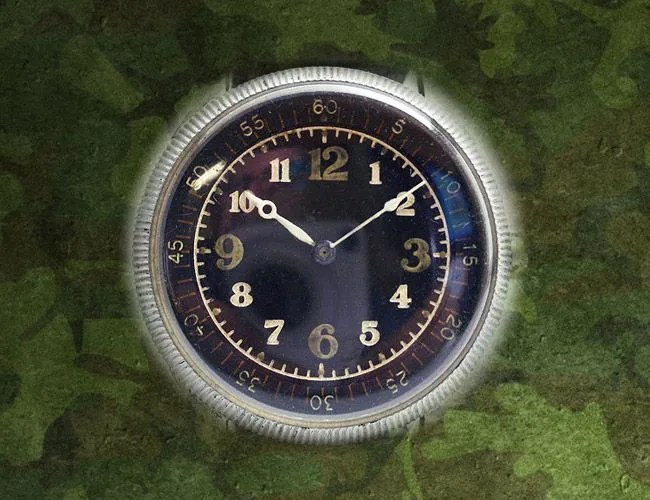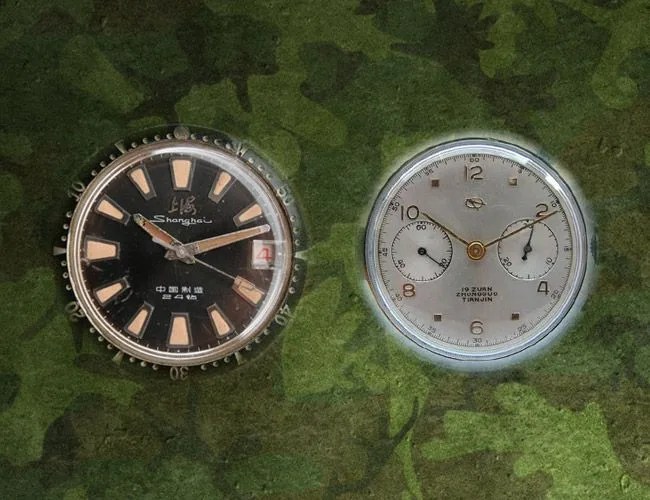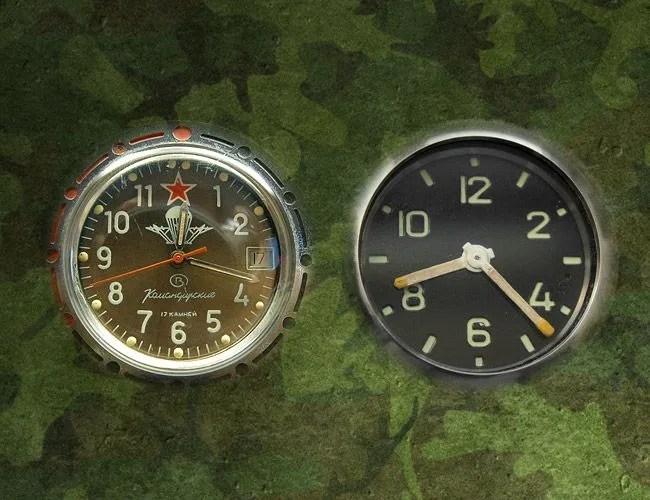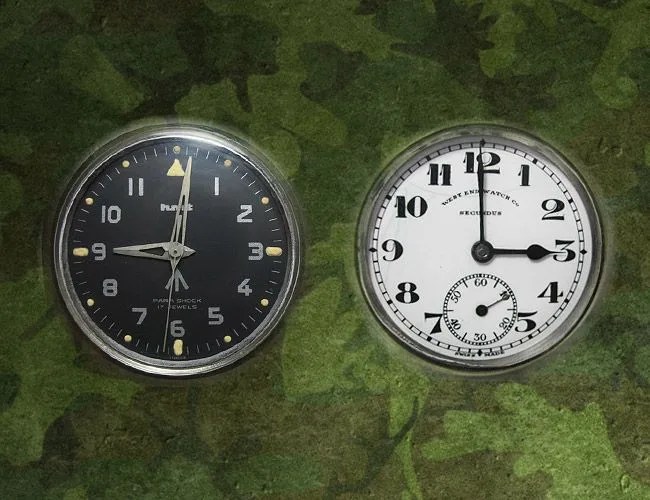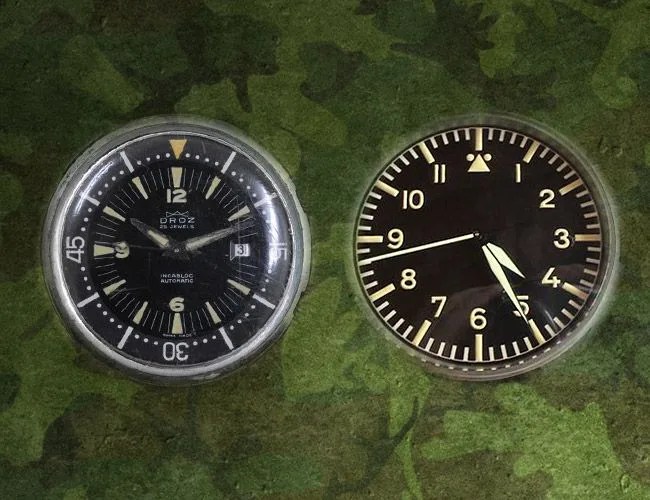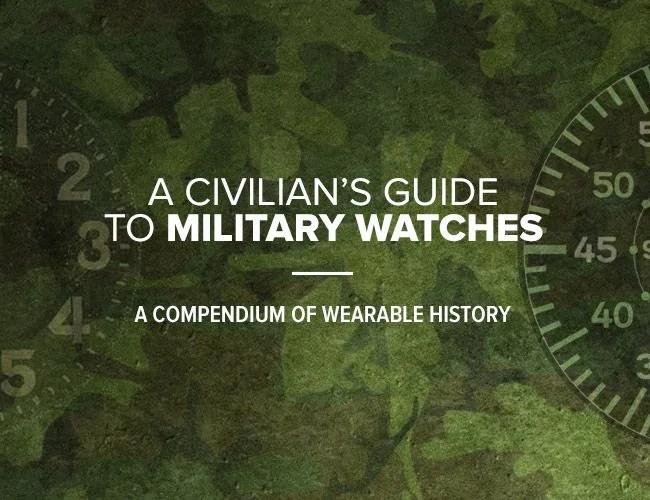7 photos
As it goes for just about anything “military”, issued timepieces are some of the most collectible in the watch world. No surprise there. Watches made for military service need be purpose-built with the intent to survive tough climates, shock, water submersion, dirt and grime.
Those necessities doesn’t change based on place of origin. Other things do. In Part One of our guide to military watches, we covered more or less the low-hanging fruit — even casual watch enthusiasts know Germany’s Heuer Bundeswehr or the French Navy’s Tudor Sub. Stopping there would have done you a disservice, as there’s a lot more to be seen as one travels east beyond Europe. In fact, the vastly different cultures found in the Eastern world (except maybe Australia, which is basically the UK with nicer weather and deadlier animals) often make for richer stories, horologically, especially to us Westerners. Part of that interest stems from mystery and general murk when it comes to history and provenance, which is a two-way street for buyers. With reliable sources few and far between, it takes tremendous amounts of research to be confident when purchasing rare military watches.
Not to scare you away. The timepieces of Japan, China, Russia, Australia and India are just as packed with history, passion, beauty and hawkish intent as their western counterparts. Pique your interest, do your research, and maybe you’ll end up with something on your wrist from a different half of the world.
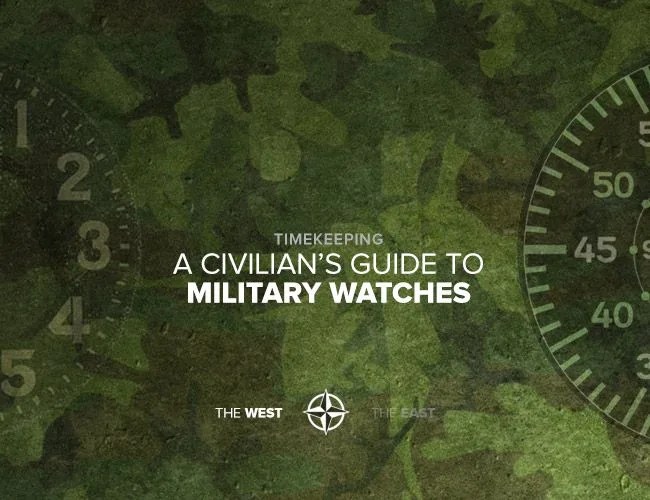
Japan
The Seikosha Big Pilot and the framework of modern-day Seiko








